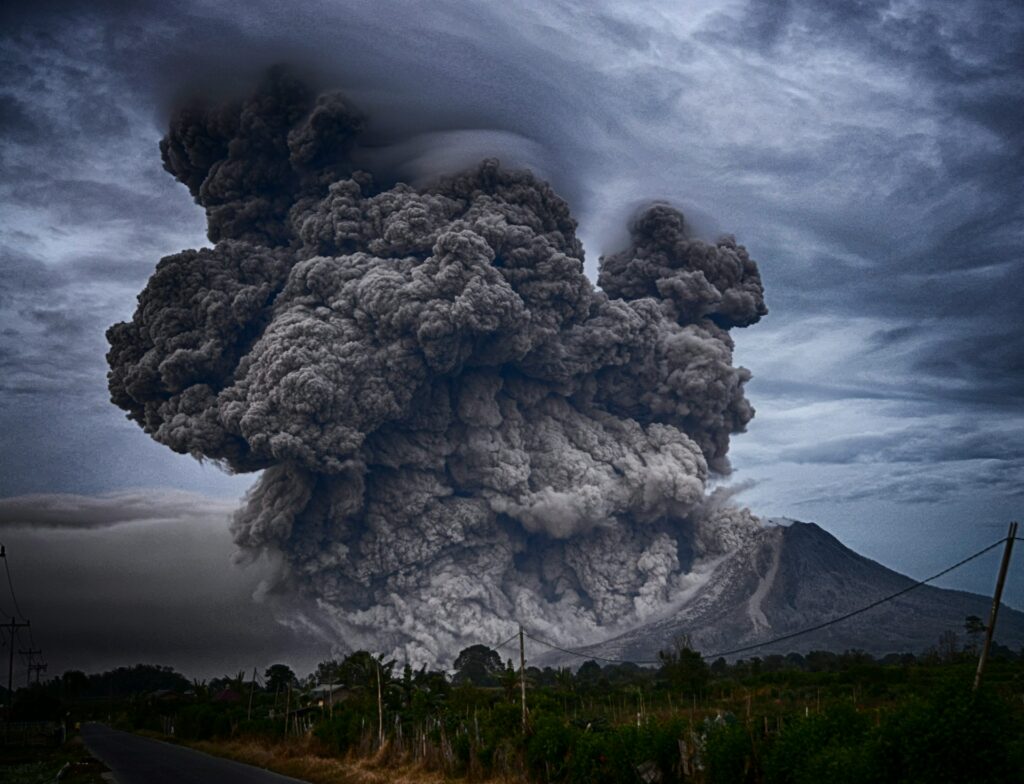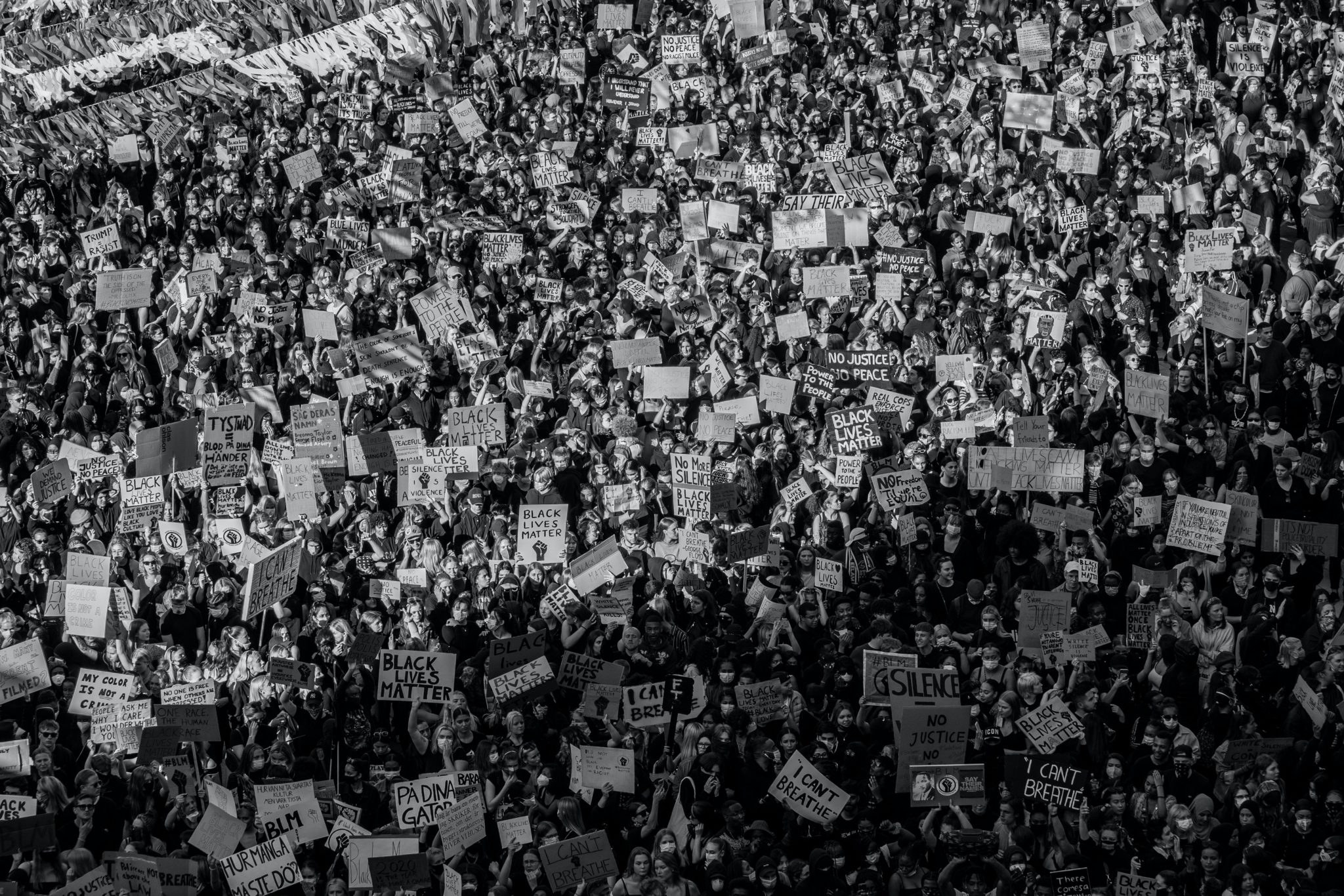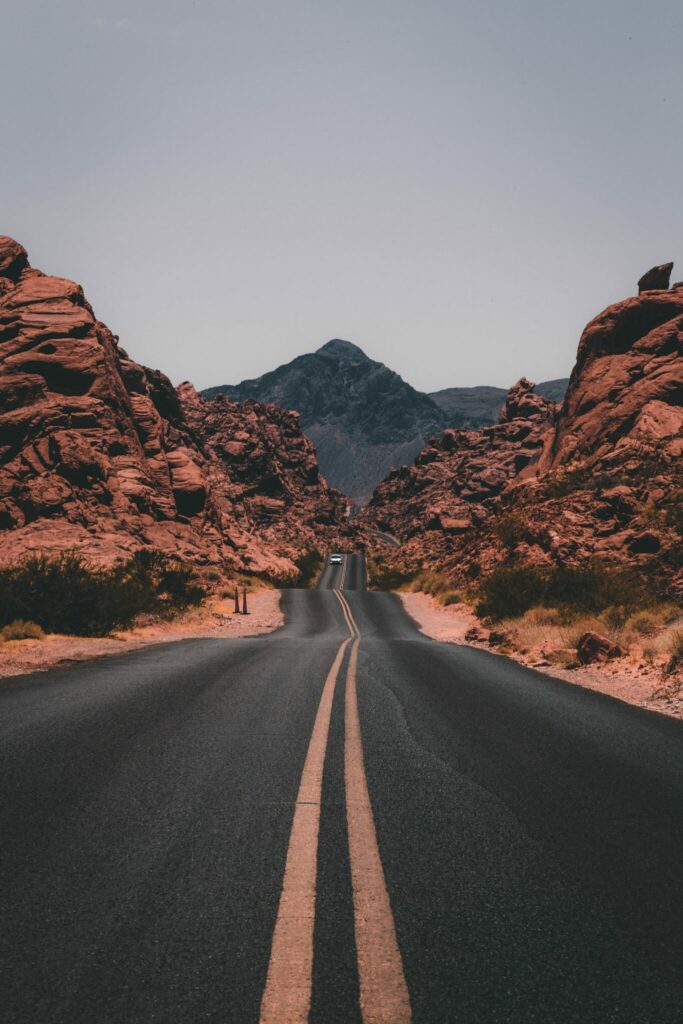Most Recent News


Popular News



Hoffer's book on the nature of mass movements is a phenomenal work. "True Believer" dives into what we need to know about movement formation.

The True Believer: Thoughts On The Nature Of Mass Movements by Eric Hoffer is a tremendous read. It is short but packed full of information. It really takes two reads to fully grasp the complexity of it.
I heavily encourage this book to all of my readers. It puts many things into perspective regarding mass movements of all kinds.
This information is essential for dissidents to understand. In it, is a reflection of nearly every mass movement in history along with the likes of Antifa/BLM and (hopefully) our eventual movement.
I found the following summary online and found it accurate for the book’s content.
We need to fully grasp this material to fight against extreme leftism and create our own counter-movement:
I. THE APPEAL OF MASS MOVEMENTS
The desire for change starts and lives in the hearts of frustrated people. Attached to this frustration these individuals possess a sense of power to accomplish great change. Faith in the future and the ability to project hope makes for receptivity to change. High hopes and dark endings incongruently go together. Belonging to a mass movement substitutes for deficiencies in the individual. Mass Movements compete with one another, and often are interchangeable. No movement is whole of a singular nature.
II. THE POTENTIAL CONVERTS
The best and worst of society often determine the course of history – over the heads of the great middle. A society without the dregs may be peaceful and complacent, but lacking in the seeds for change. Here are the ranks of mass movement fodder:
New Poor: Memory of better times puts fire in their bellies.
Abject Poor: Too occupied with survival to organize. Discontent is high, however, when misery is still bearable.
Free Poor: Freedom creates and alleviates frustration. Fanatics fear freedom more than persecution. Equality and fraternity are preferred over freedom.
Creative Poor: The ability to create mitigates frustration; however, those whose creativity is fading, or those who didn’t quite achieve creative satisfaction, may seek escape in mass movements.
Unified Poor: Compact or tribal groups are relatively free of frustration. Mass movements often try to break down family units to feed the movement. Compact structures, like families in decline are, however, fertile ground for mass movements.
Temporary Misfits: Adolescents, unemployed, veterans, and new immigrants are unreliable supporters of mass movements; their frustrations abate once circumstances improve.
Permanent Misfits: The incurably frustrated can never have enough of what they really do not want anyway. They are likely to become the most violent true believers.
Inordinately Selfish: Those who have lost faith in themselves, look to attach to a holy cause; In compensation, they become champions of selflessness.
Ambitious with Unlimited Opportunity: Current actions are never enough; they possess excessive readiness for self-sacrifice.
Minorities Intent On Preserving Their Identity: These persons act as tribal groups and lack frustration.
Minorities Bent On Assimilation: These frustrated cannot get in the door of the established order.
Bored: These people are required in quantity for a successful mass movement; they’re looking for fulfillment in a meaningless existence.
Sinners: For the irredeemable, salvation can be found in losing oneself in a holy cause; they are willing to go to extremes.
Mass movements attract and hold followers by offering refuge from anxiety. Mass movements aim to infect people with a malady, then offer a cure. Hope comes in two forms: one immediate and one distant.
III. UNITED ACTION AND SELF-SACRIFICE
The chief preoccupation of mass movements is to foster united action and self-sacrifice. For the individual to commit to self-sacrifice he must be stripped of his individual identity, and by ritual be associated with the movement.
To engage in dying or killing, the individual must suffer under the illusion of being a participant in a grand undertaking, or a solemn performance. Glory is theatrical.
The present must be deprecated, pushed off the stage, depicted as mean and miserable and held in utter contempt. In replacement, hope is assured for a better future. The frustrated individual is ready to die for what he wishes to have and wishes to be.
Mass movements strive to interpose a fact-proof screen between the movement’s faithful and the realities of the world, in a word: doctrine. The effectiveness of a doctrine is judged not on its validity or profundity, but on how well it insulates the individual from his self and the world.
The individual’s estrangement proceeds with intense passion and fanaticism. Mass movements prevent the achievement of internal balance for the fanatic individual, but perpetuate insecurity and incompleteness.
Unified individuals in a compact collective of a mass movement body are no longer frustrated. Hatred is the most accessible and comprehensive of all unifying agents. Mass movements can rise without a belief in God, but never without a belief in evil.
Unreasonable hatreds emerge as an expression of the frustrated individual’s effort to suppress his own shortcomings and self-contempt. Self hate emanates from feelings of helplessness, inadequacy, and cowardice, rather than justified grievances. The object of hate is often those other than the ones who committed the perceived wrongs. Committing grave injustices upon the object of hate re-enforces and fuels hate. A guilty conscience lies behind such acts, which demands even greater effort to demonize the hated to suppress this guilty conscience.
Estrangement of the self is required for selflessness and assimilation into the whole of a compact group. The True Believer sees himself as one of ‘the chosen.’ Self-denial and group membership confers the right on them to be harsh upon others, and by which to be rid of personal responsibility. Violence is not the product of leadership, but of a unification of the whole.
Propaganda succeeds not with unwilling minds, but with frustrated individuals. Propaganda operates most effectively in conjunction with coercion. The mass movement requires the ability to make people believe, and by force as a last resort.
Leadership cannot create a mass movement out of thin air. There has to be grievances with intense dissatisfactions and an eagerness of the True Believers to follow and obey. Once the stage is set, however, an outstanding leader is indispensable. The leader personifies the certitude of the movement, as well as defiance and power. He must be able to steer the faithful and maintain its cohesion. To a large degree, charlatanism is required for effective leadership.
Action is a unifier of mass movements. Marching, for instance, kills thought and hastens the end of individuality. An inability to act breeds frustration with the movement, while successful action drains energy and commitment from the movement.
The mass movement must perpetuate the individual’s incompleteness and insecurity.
IV. BEGINNING AND END
Men of Words: Mass movements usually rise when a prevailing order has been discredited. This is the work of men of words with a grievance. They set the groundwork for the movement by undermining existing institutions, promoting the idea of change, and creating a new faith. Men of words may champion the downtrodden, but the grievance that animates them is personal. Their vanity is greater than their ambitions; recognition and the appearance of power is preferred over power itself. Often it’s the men of words who are the tragic figures of the mass movement, as at a certain point, the movement is hijacked by a power hungry clique which usually cheats the masses of the freedoms they seek.
Fanatics: A genuine mass movement is hatched by the fanatic. Men of words shrink before the outbreak of anarchy, they forget the troubled masses they set out to help, and run to the protection of strong ‘men of action.’ For the fanatic, chaos is his element. Fanatics come from the ranks of the non-creative men of words; unfulfilled, they can never be reconciled with their self, and they desire not a finality or a fixed order of things. Hatred becomes a habit, and when the outsiders are vanquished, the fanatics then turn on themselves and threaten to destroy what they have achieved.
Man of Action: The movement begins with men of words, materializes by fanatics, and consolidated by men of action. With a balanced faith in humanity, men of action save the movement from the fanatics, marking the end of the dynamic phase of the movement. Men of action fix and perpetuate the movement’s unity and readiness for self-sacrifice. The new order is founded on the ‘necks of the people, rather than in their hearts.’ The man of action is a man of the law. The movement now becomes a means of self-realization for the ambitious. Concern for the frustrated is still there, not to harness their discontent, but to reconcile them with it; to turn them meek and patient with visions of distance hopes and dreams.
Good and Bad Mass Movements: No matter what good intentions a mass movement starts off with, or what benefit may result, it is hard not to see the active phase as unpleasant, if not outright evil. On the other hand, mass movements are a miraculous instrument for raising societies and nations from the dead.
I heavily recommend a full read of the book.
It is rather unpolitical, so it will serve the purposes well for any political leaning.
Read Next:
Experts Now Believe What We’ve Been Saying For A Year
John Adams On Anacyclosis And The Cycle Of Collapse
The Venezuelan Timeline: Lessons on Guns And Centralization
If you enjoyed this article, bookmark the website and check back often for new content. New articles most weekdays.
You can also keep up with my writing by joining my monthly newsletter.
Help fight the censorship – Share this article!

(Learn More About The Dominion Newsletter Here)